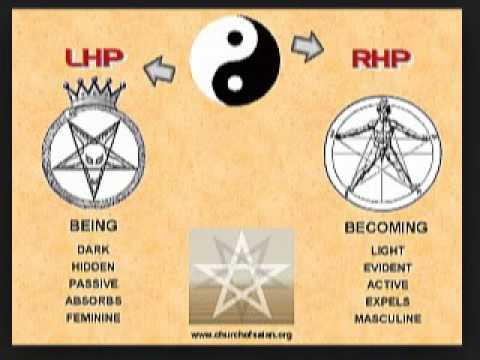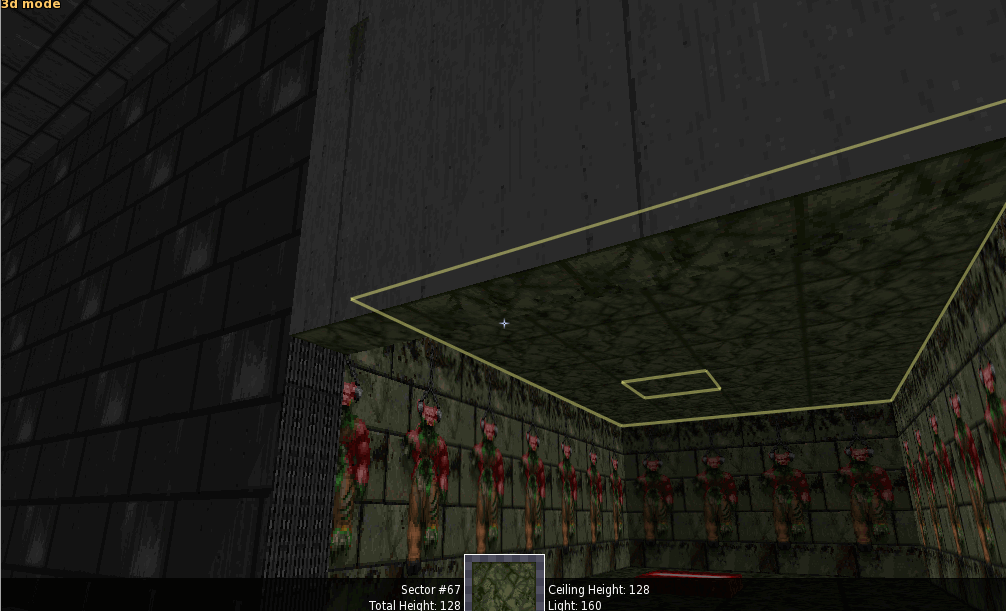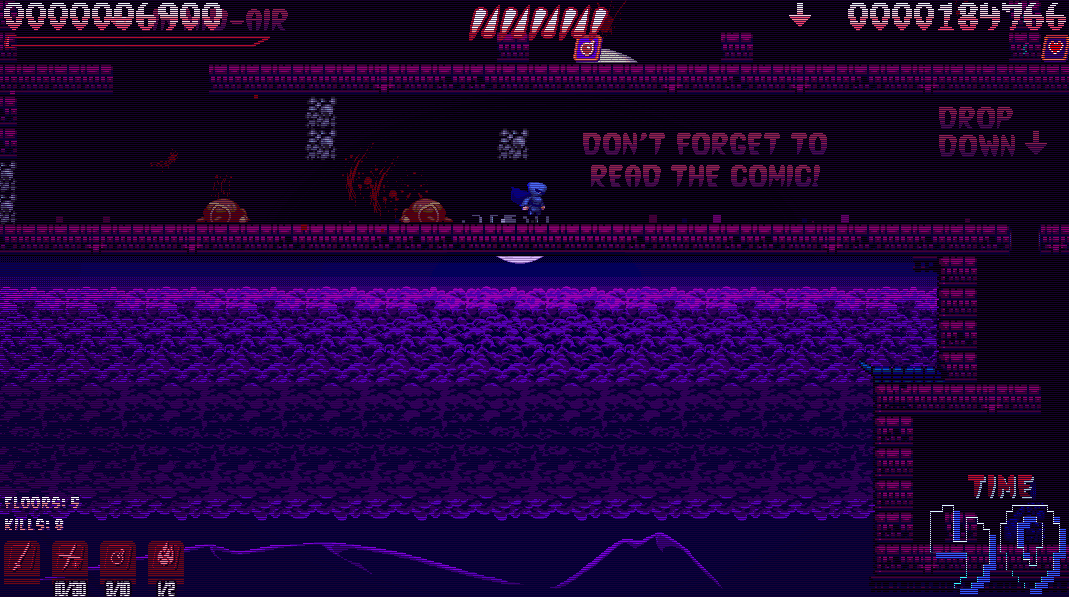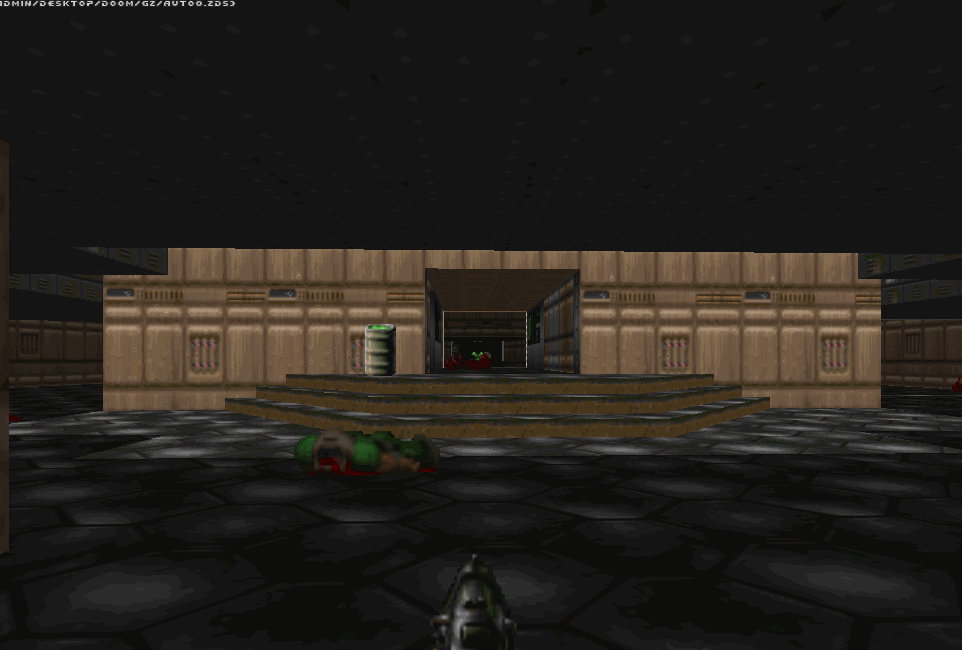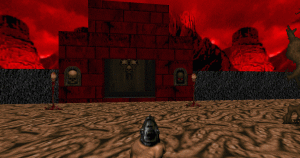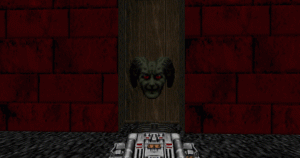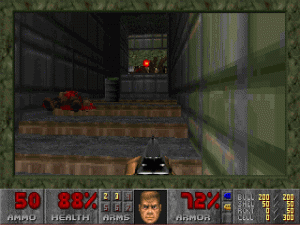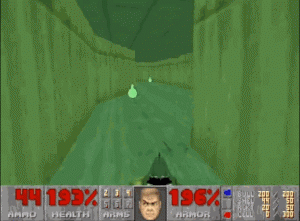 Hey, it’s been a while.
Hey, it’s been a while.
In these last couple weeks, the class has ramped up quite a bit. Starting with the 6th project, which involved scripting Doom, using a decorate file to code in custom sprites, it all started getting crazy. My decorate file straight up didn’t work until Patrick and I went through and carefully checked every single character in the code. It turned out that there were invisible spaces carried over from when I copied the example codes on zdoom wiki and the project 6 assignment. Those spaces confused the program and prevented any actors I had from showing up in the Decorate repository. Annoying right?
In the end, I was able to crank out my level a week late. I based it upon the Saturnz Barz music video by Gorillaz, which involves the characters going on a trip through space after moving into a haunted house (I do have a theme going with these spooky atmospheres this quarter). I tried to convey every different scene from the video in my level, such as the beginning in the house, the trip into the asteroid belt, the fights with the worm monsters, and the strange, multicolored vaporwave-like sequence near the end. I ended the level at a mural depicting the end of the video, with the gang trapped in rooms while delivering the last lines of the song.
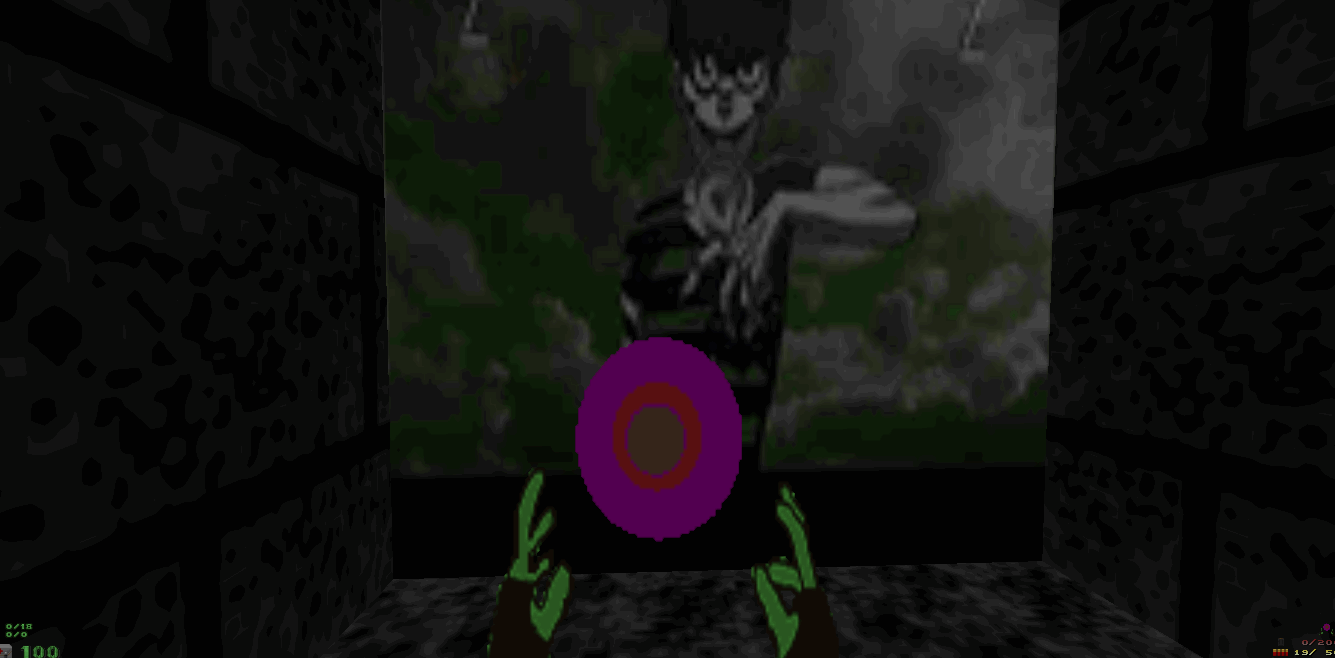
Saturnz Barz, in Doom.
I wasn’t entirely satisfied with the way a lot of my sprites and artwork turned out, mostly because I have pretty much no experience with photoshop. All my textures and sprites thus far have been hand drawn, which typically involved either freehand drawing something or tracing over source images using the layers tool. After our photoshop tutorial though, I was able to gain a rough understanding of some more advanced techniques that would reduce the amount of ‘brute force’ methods I was using.
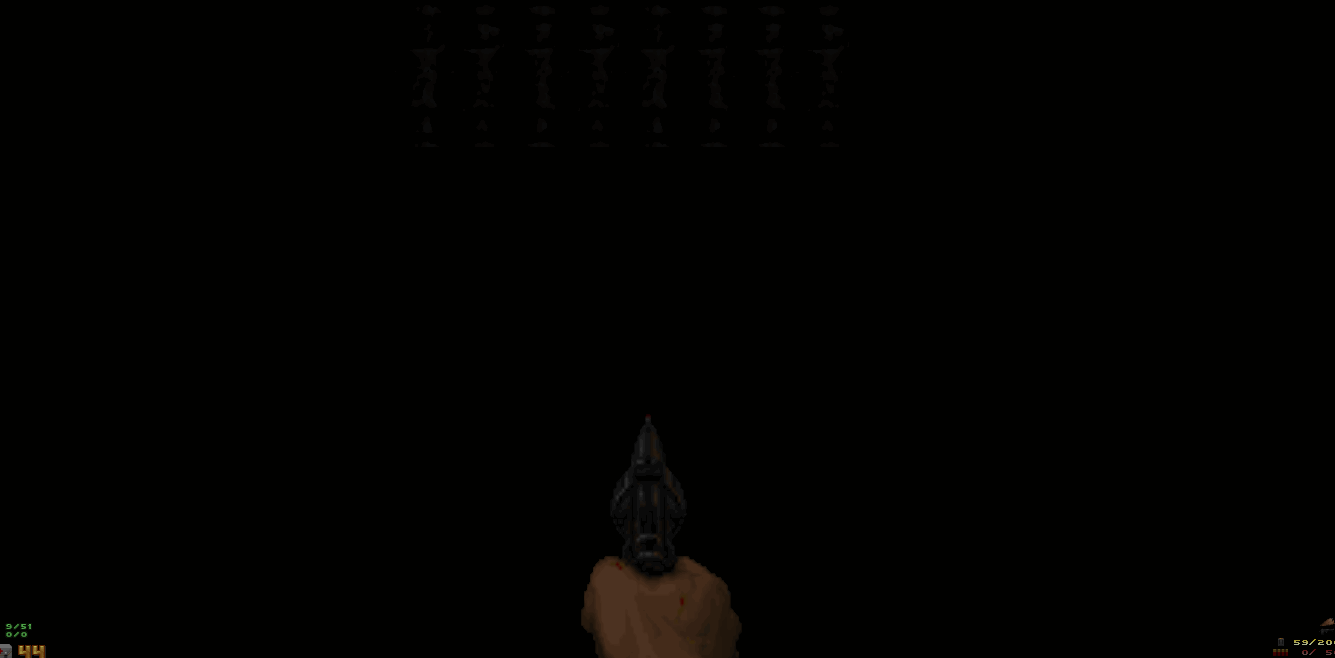
Transition into zombie mode
For my final project, I’ve decided to build on my second WAD, which was the trip through the haunted house. I want to add a continuous story that builds throughout the level, with all of the plot being conveyed through scenery and sprites, a la Daniel’s level in space. In addition, I want to convey a very tense, survivalistic mood where the player has to move carefully through the map, rather than speed through it. I’ve obtained a couple of monsters from the Realm 667 repository online, in addition to a few weapons that would fit the aesthetic (AK47, revolver, knife). As a final plot twist, I wanted to have the player become a zombie, and play the rest of the level as a member of the undead that they were slaughtering not a moment earlier. I figured it would be a cool way to switch up the gameplay and add a mild plot twist to the level.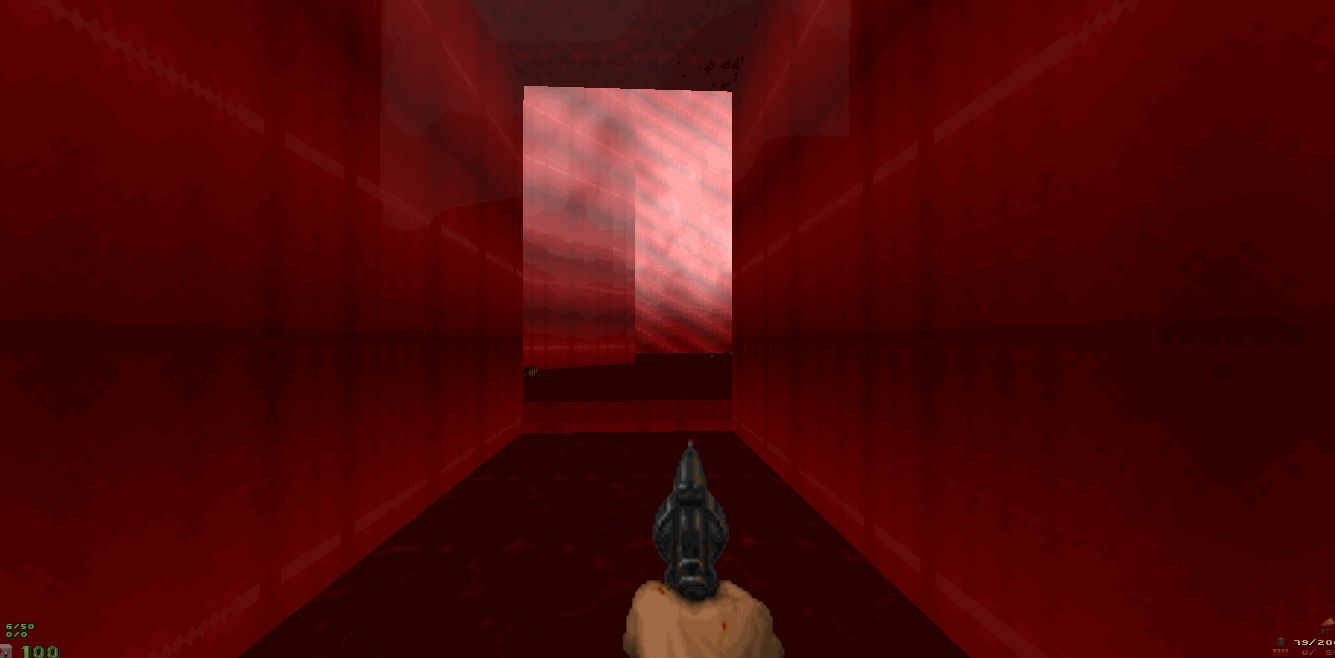
One of the more abstract parts of my level.
It’s a shame I won’t be able to incorporate the arduino in my final, I just don’t have enough knowledge about the machine to take advantage of its capabilities in a meaningful manner. Our class on learning the basics did go fairly quickly, but I was able to get the gist of some basic functionality, such as scripting the machine to press a button on a timer. It could make for an interesting project which involves a level that plays itself. It was cool to learn about soldering and scripting in the arduino’s language, and maybe I’ll try working on some ideas in the future with it, since I do own it, so it might be a good idea to mess with it a bit.
Overall, this class has been a crazy time, and I’m actually very excited to exhibit my final level at the event on Thursday, to show off how far I’ve come since week 1, where I could barely even play the original game.

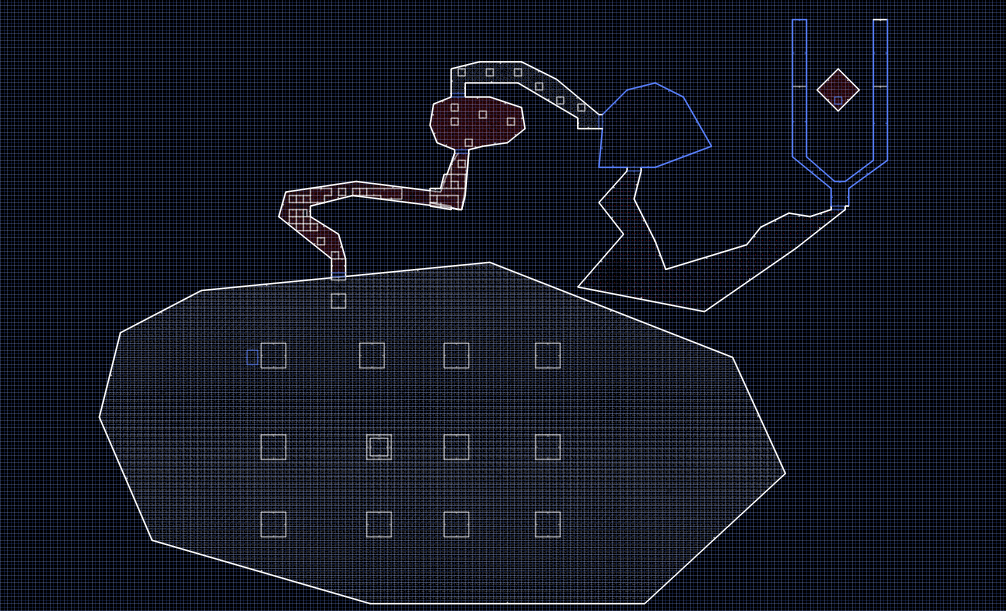
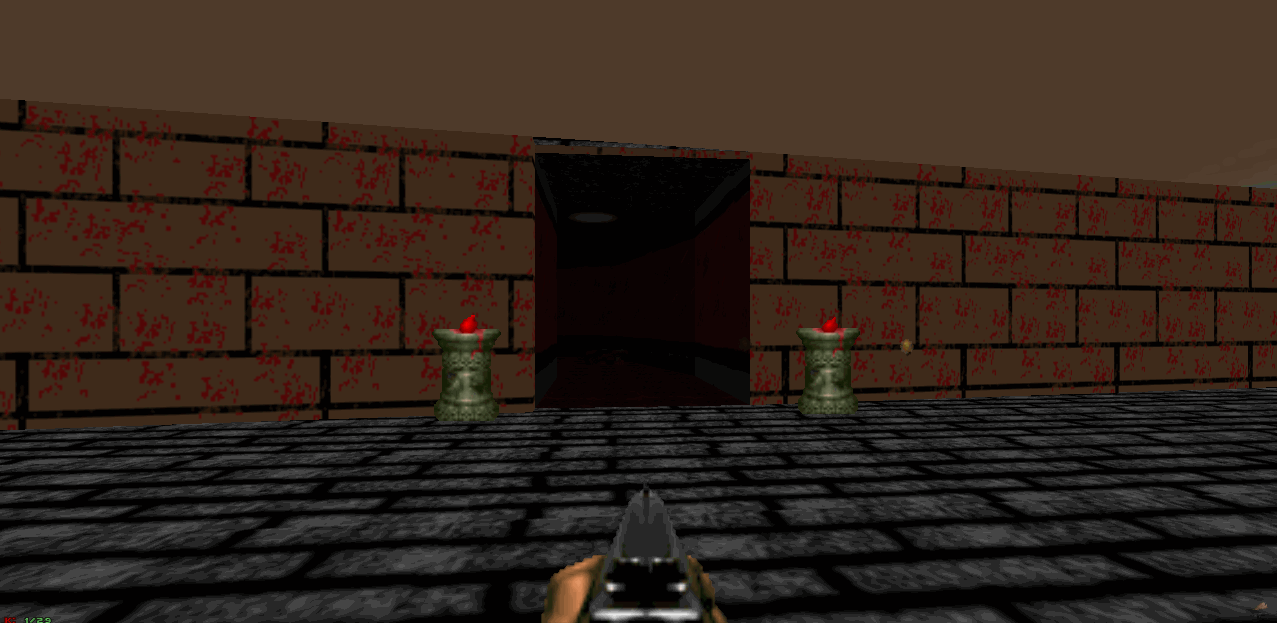
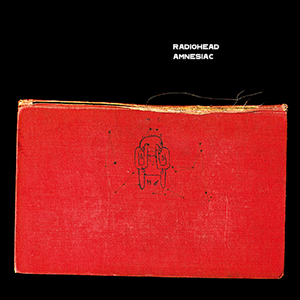 ‘
‘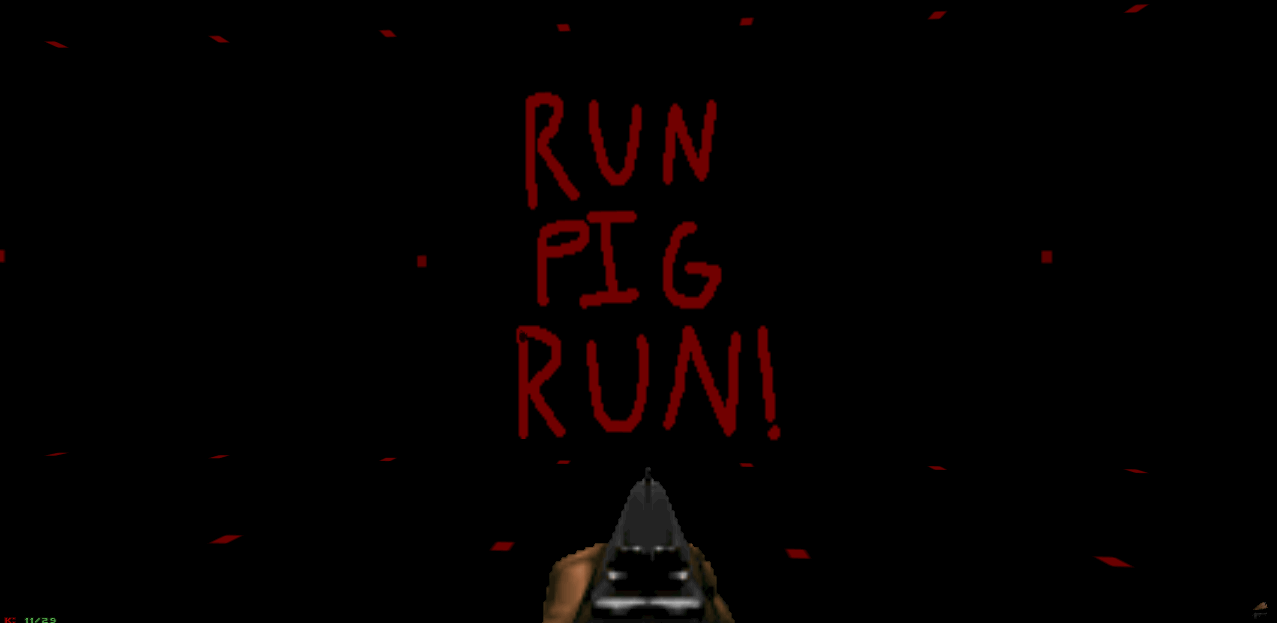
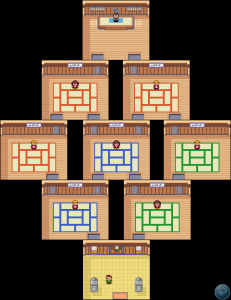
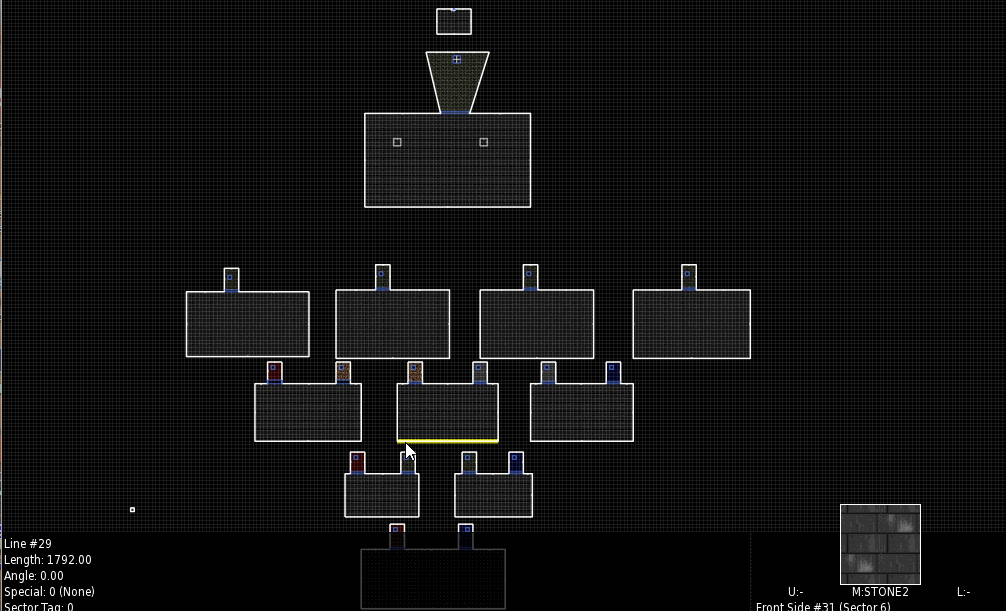
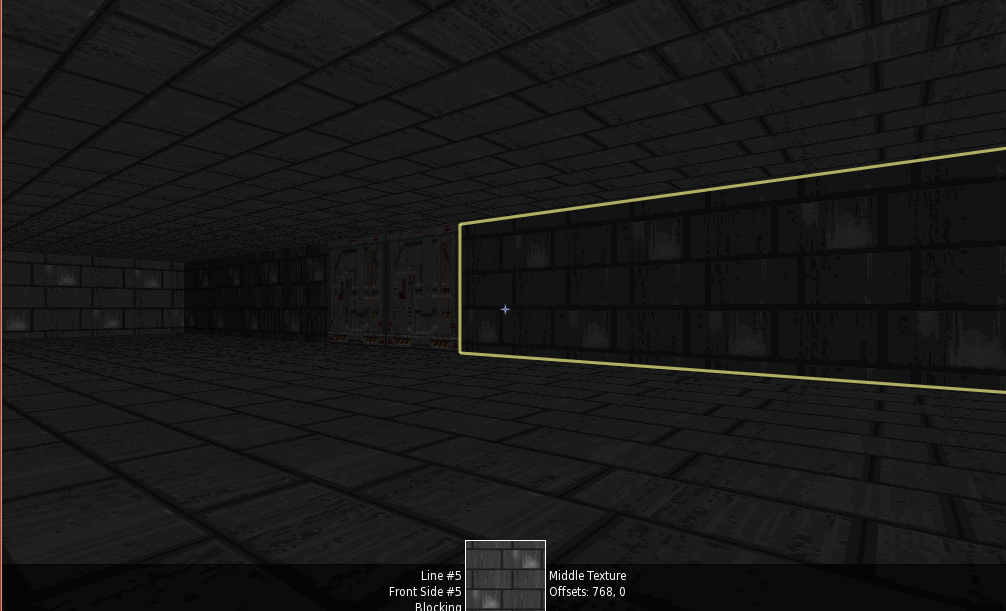 (The two initial choices of rooms to move forward in.)
(The two initial choices of rooms to move forward in.)